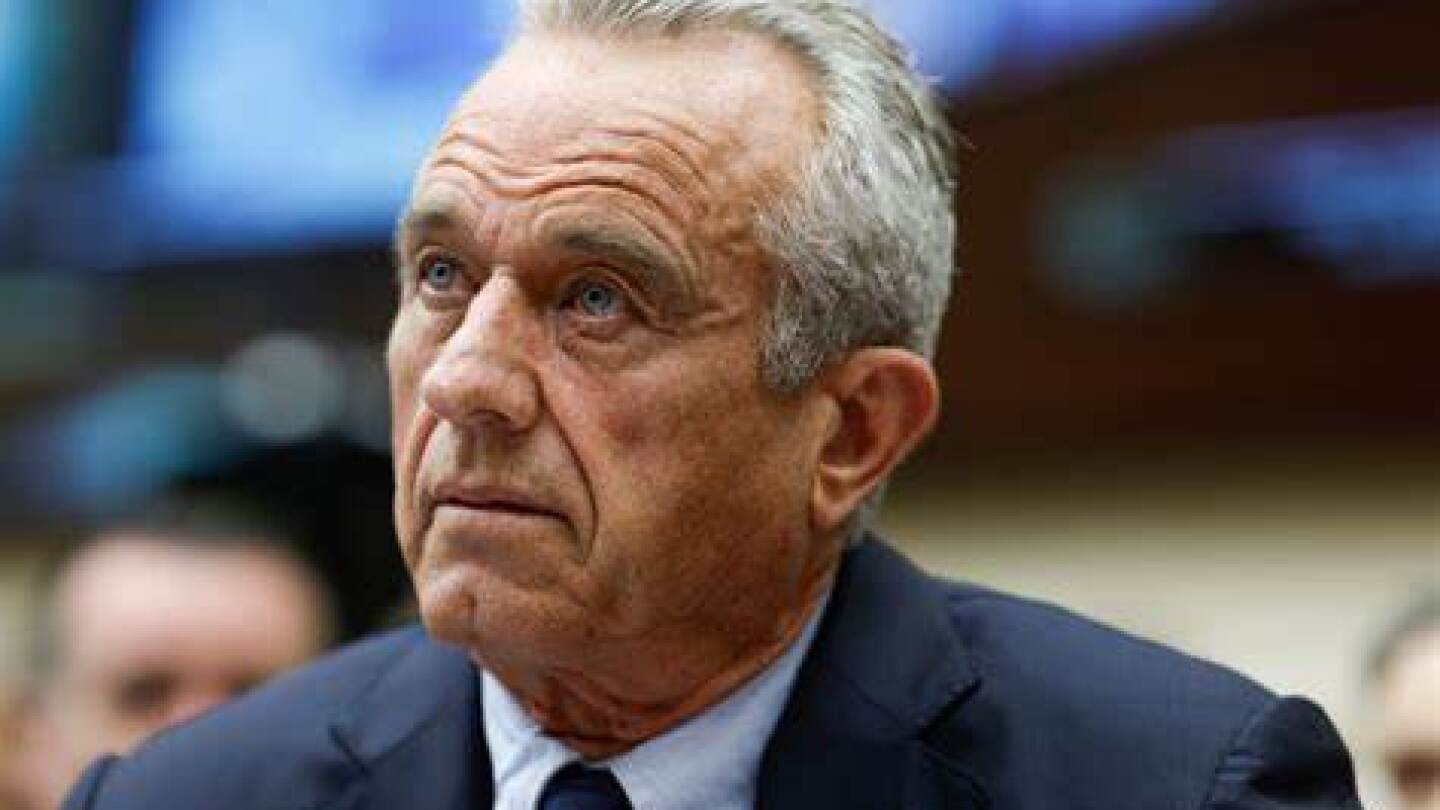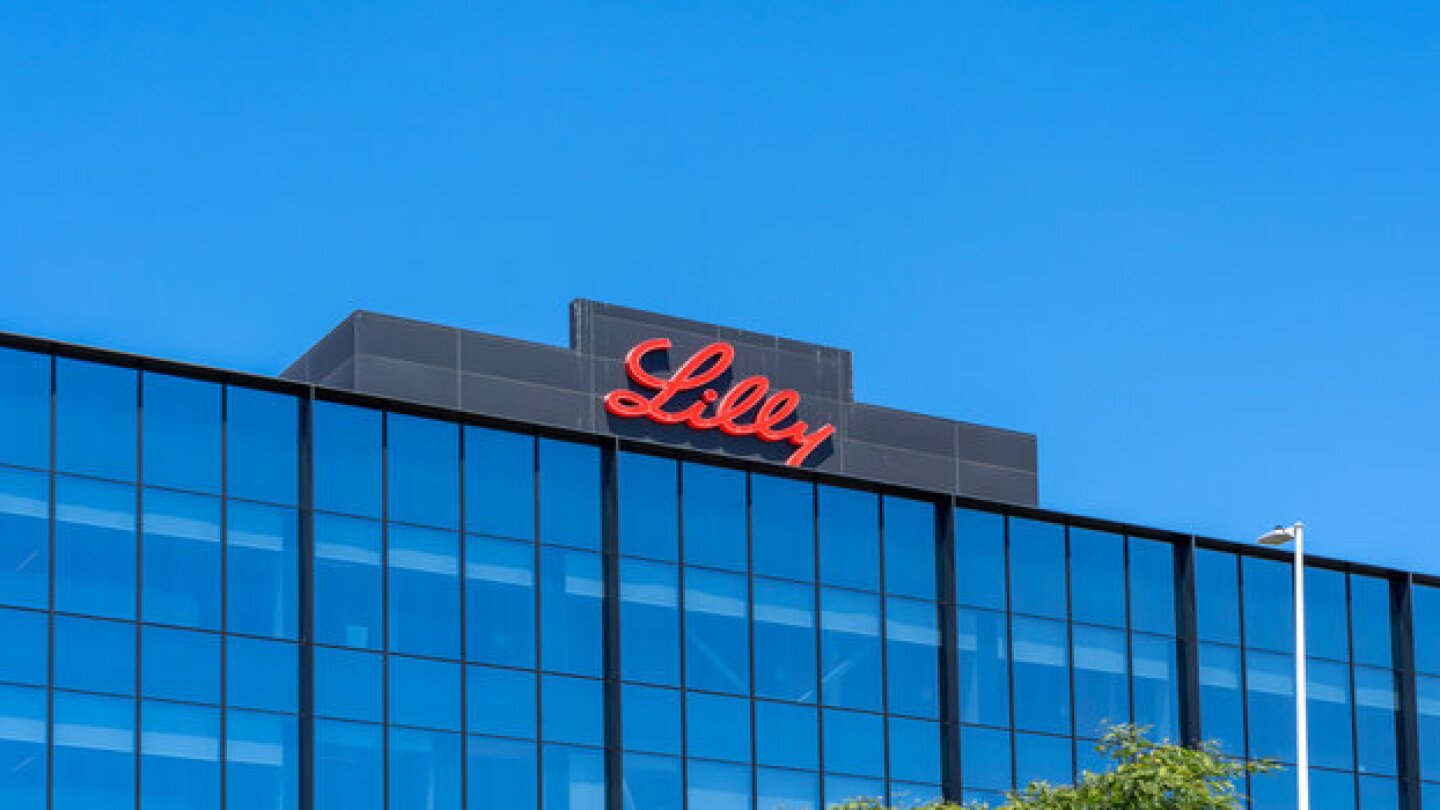News
Macrocyclic peptides are designed to engage complex targets like biologics but pass through cell membranes like small molecule drugs.
FEATURED STORIES
While Novartis and Bayer got there first, AstraZeneca, Bristol Myers Squibb and Eli Lilly are all vying to bring their radiopharmaceutical assets to a market projected to be worth over $13 billion by 2033.
Several companies will head to the FDA seeking approval of new Duchenne muscular dystrophy treatments next year but the death of a patient taking Sarepta’s Elevidys raises important safety questions.
Eli Lilly and Novo Nordisk are in a global battle for dominance in the weight loss space. BioSpace takes a look at the territory covered and what’s to come.
Job Trends
BioMed X, a German biomedical research institute, announces the start of a new research project in partnership with Merck at its site in Heidelberg, Germany.
FROM OUR EDITORS
Read our takes on the biggest stories happening in the industry.
The HHS secretary recently canceled $500 million worth of BARDA contracts around mRNA vaccine research. But the U.S. government has already spent billions on this work, which has saved millions of lives.
THE LATEST
Analysts reacted positively to the news that uniQure is in alignment with the FDA on an accelerated approval pathway and on target for a Q1 2026 submission for its one-time gene therapy for Huntington’s disease—but patients have been here before.
The Platform Technology Designation, which predates the current FDA leadership, is designed to streamline the drug development and review process, particularly for rare diseases.
The lawsuit alleges that HHS leadership knew the records they used to guide their layoff decisions were inaccurate and contained errors.
Genrix’s velinotamig complements Cullinan’s own pipeline, according to William Blair, which added that the deal will put Cullinan in a better position to target autoimmune diseases.
Massachusetts’ life sciences jobs grew by just 0.03% in 2024, according to a new MassBioEd report. Still, the report found encouraging signs for the industry, noting it’s expected to grow by 11.6% by 2029, adding an estimated 16,633 net new positions.
Disappointing results for iluzanebart come shortly after Vigil Neuroscience struck a buy-out deal with Sanofi, but analysts say the outcome is unsurprising and shouldn’t affect the deal.
Eli Lilly joins up with Camurus to make long-acting versions of the pharma’s obesity and diabetes drugs, joining the industry’s growing pipeline of programs that are differentiated by the frequency of dosing.
The FDA plans to “rapidly make available” rare disease drugs and make use of surrogate endpoints to get promising medicines to patients before they clear the traditional efficacy bar for authorization, Prasad said Tuesday.
Recent decisions to reduce health and science research funding and limit the participation of international students and researchers could prove damaging in the short and long term.
Sanofi and BMS paid big money for rare disease and cancer assets, while Regeneron got in the obesity game; AstraZeneca, Gilead and Amgen shone at ASCO; RFK Jr. and the CDC appeared to disagree over COVID-19 vaccine recommendations and several news outlets are questioning the validity of the White House’s Make America Healthy Again report.

















